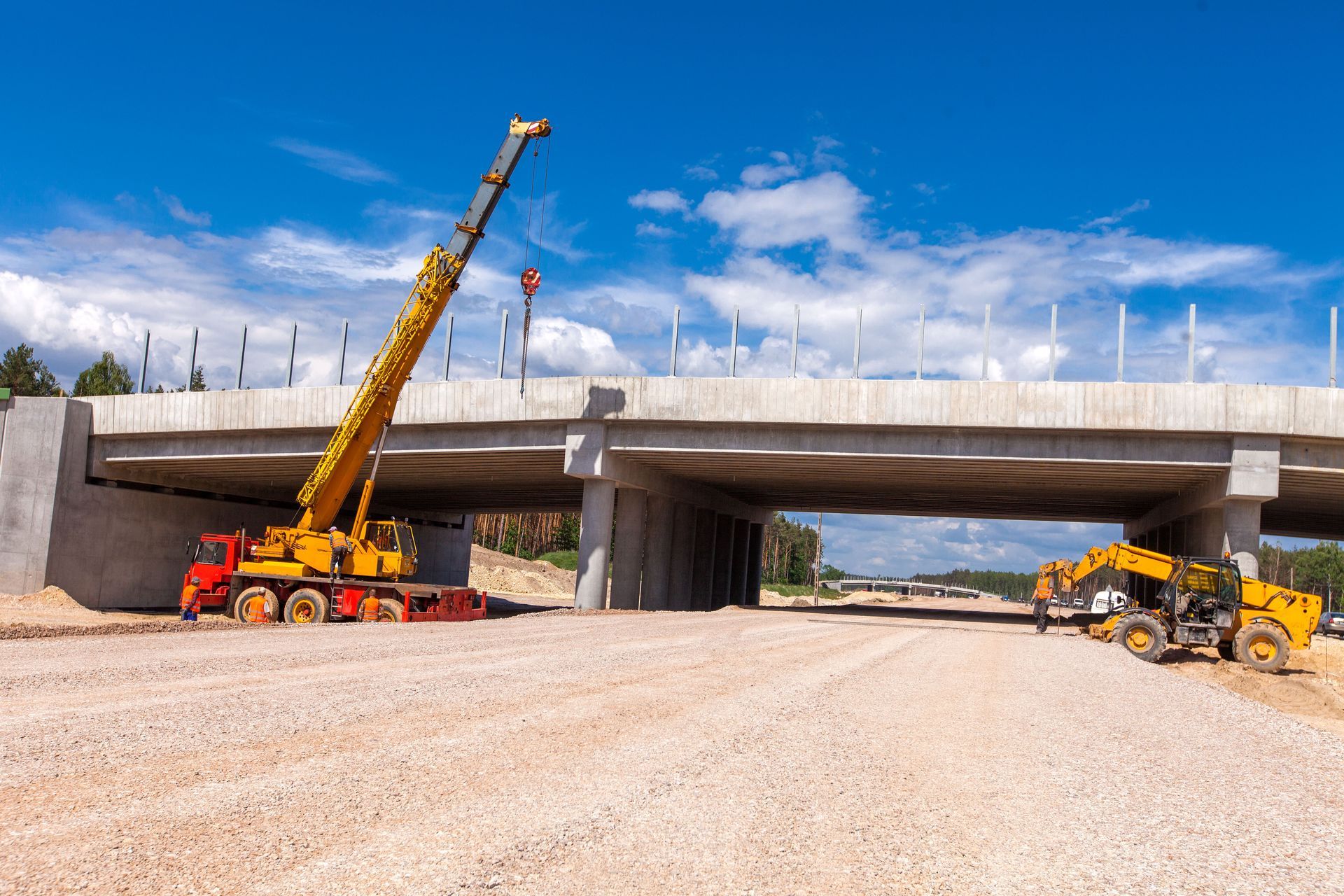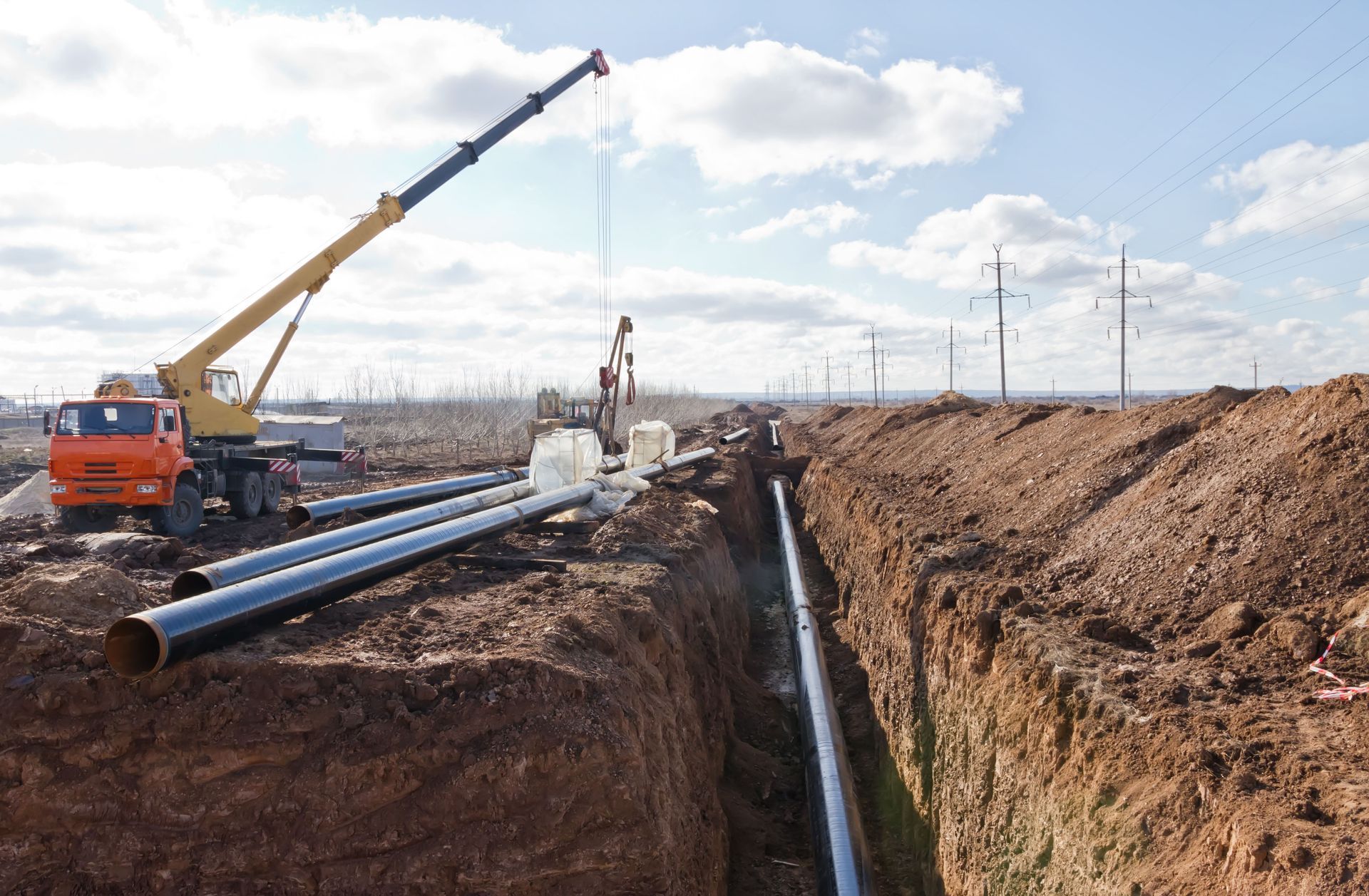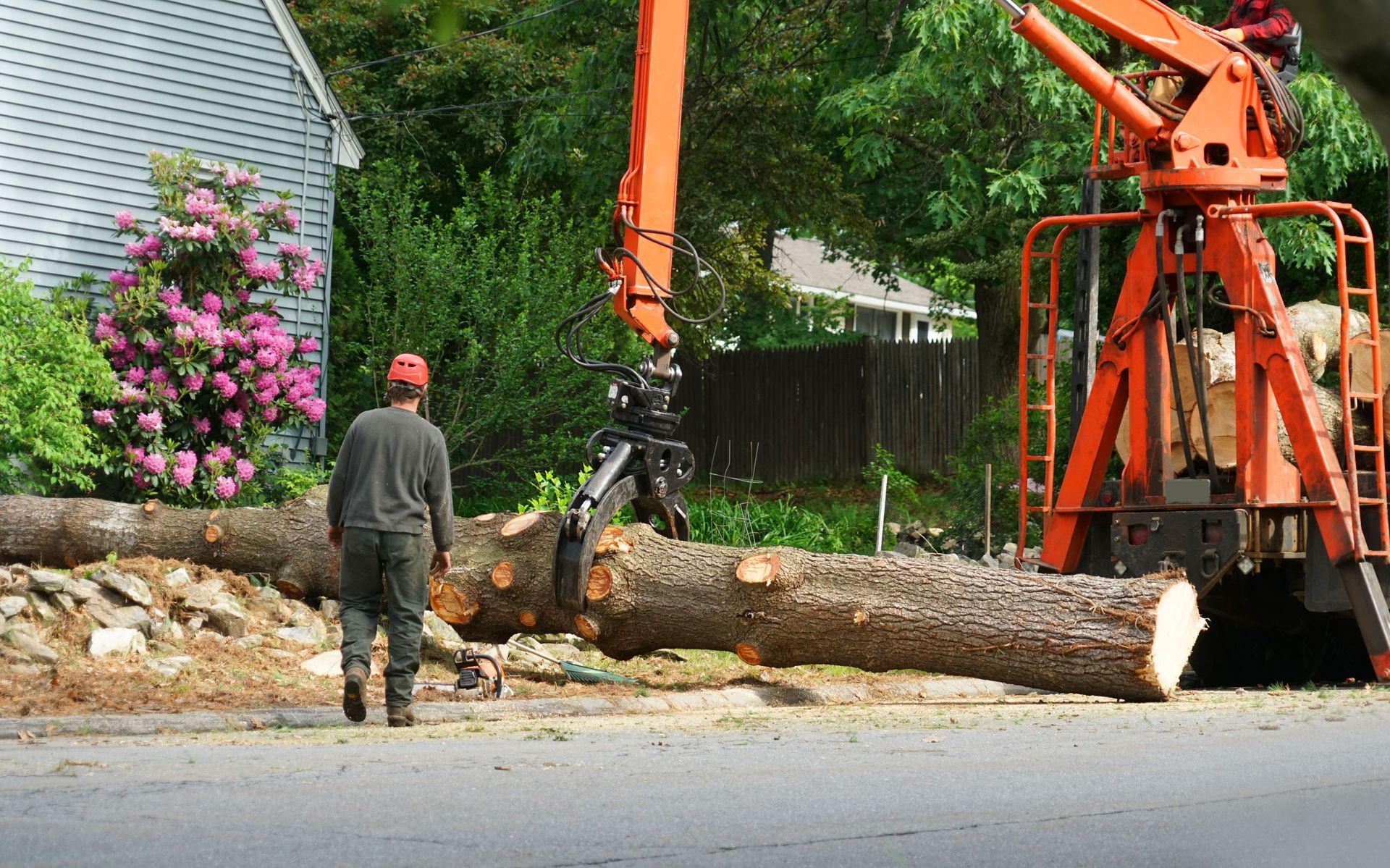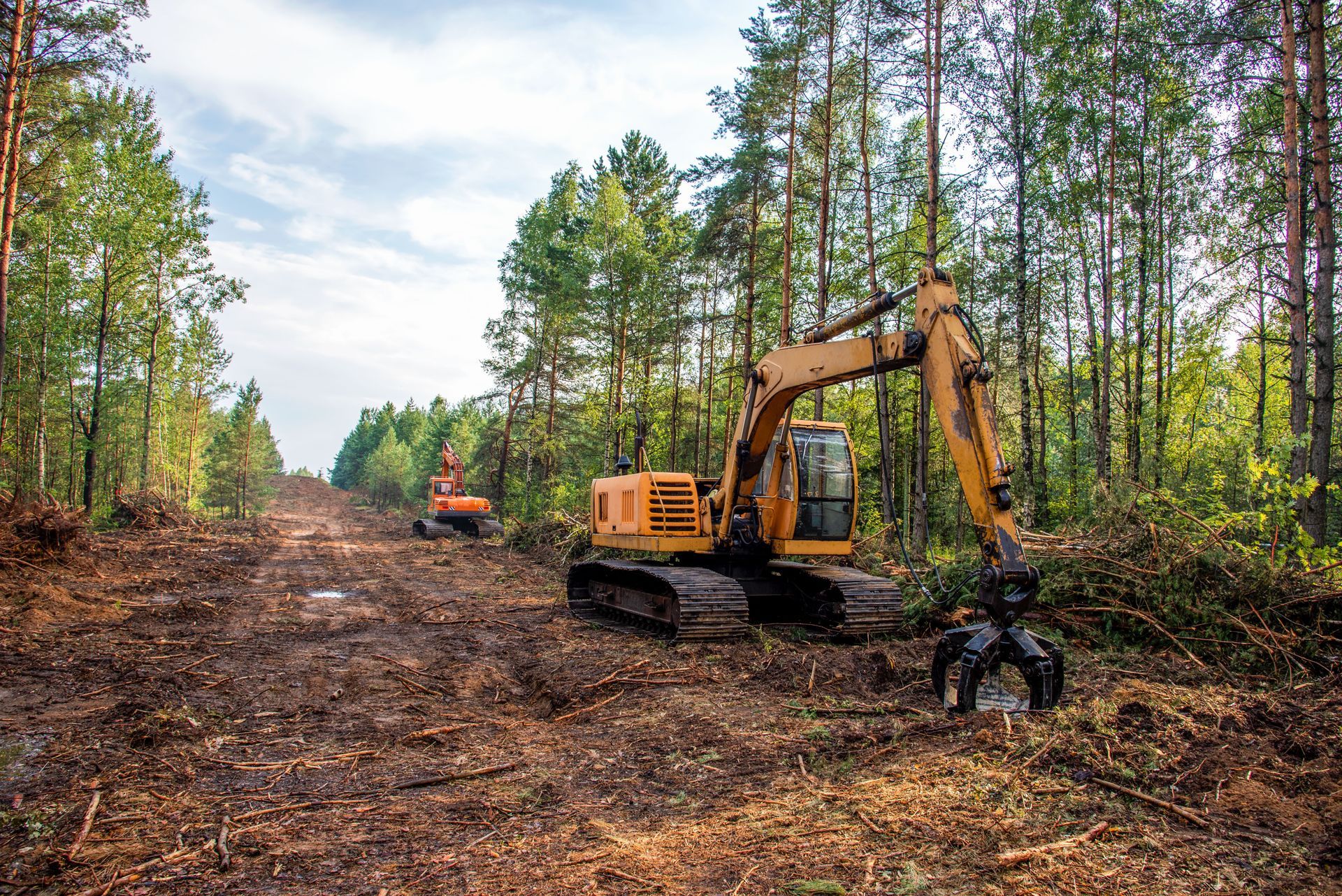What Happens If the Crane Is Damaged During the Rental Period?
Highlights:
- Responsibility usually follows the rental terms: who had custody/control, how the damage occurred, and whether misuse or negligence was involved.
- Insurance is key: renters often rely on contractor’s equipment (inland marine) or a rental damage waiver; general liability typically doesn’t cover damage to the rented crane itself.
- Immediate steps matter: stop work, secure the area, document, notify the rental provider, and arrange qualified inspections before any further use.
- Costs can include transport, repair, downtime, and third-party damage—sometimes beyond the crane’s repair bill.
- Local expertise from Russ Erlinger Crane Service in Springfield, IL helps align contracts, safety, and insurance before a lift begins.
Understanding Responsibility After Crane Damage
Crane damage during a rental is stressful, but it doesn’t have to derail your project. The outcome typically turns on three things: your rental agreement, how the incident happened, and your insurance. Most contracts assign responsibility to the party in control of the crane at the time of loss, especially if misuse or site conditions contributed. That means your actions right after the incident—securing the site, preserving evidence, and contacting the rental provider—can meaningfully influence both safety and cost. Preparation before the lift, including clear roles and documented pre-use checks, is your best protection.
Steps to Take Immediately After Damage
When damage occurs, stop operations immediately and keep people clear of the equipment. Next, document the scene thoroughly: photos of the crane, ground conditions, setup pads, rigging, load, and weather. Record the operator’s shift inspection, lift plan, and communications. This documentation helps distinguish between wear-and-tear, mechanical failure, and preventable causes like overloading or soft ground. It also supports claim handling and any root-cause analysis. From there, notify your rental partner and insurer the same day. Quick coordination shortens downtime and ensures compliant repairs or removal from service if required.
FAQ
Do I have to keep paying rent while the crane is down?
Often yes. Many agreements require ongoing rent until the crane is repaired or returned; check your terms.
What if bad weather caused the damage?
Contracts may still place responsibility on the renter unless a specific exception applies; insurance can be decisive.
If no one was hurt, can we keep lifting?
No. Damaged or suspected-damaged cranes must be inspected and deemed safe by qualified personnel before returning to service.
Post-incident, qualified inspections are mandatory. According to OSHA 1926.1412, a competent person must conduct shift inspections and ensure damaged or malfunctioning equipment is taken out of service until corrected, with more in-depth inspections by a qualified person as needed. This isn’t just a best practice—it’s a compliance issue. Attempting to move or use a damaged crane without the required inspection can expose you to citations and heightened liability. Your rental partner should help coordinate safe transport to a repair facility if removal is necessary.
Insurance Coverage and Risk Allocation
Insurance is the next major factor. General liability policies typically cover bodily injury or third-party property damage but not damage to the rented crane itself. That’s where contractor’s equipment (often an inland marine policy) or a rental-equipment endorsement comes in. According to IRMI, inland marine covers mobile equipment and property away from a fixed location—exactly the exposure involved in crane rental. Review limits, deductibles, and any exclusions for overload, improper use, underground utilities, or flood/wind. Also confirm whether your policy covers rental replacement and continuing rental charges.
Understanding Damage Waivers
Beyond formal policies, many rental houses offer a “damage waiver” or “loss damage waiver” that shifts some risk back to the lessor for a fee. Carefully read what’s included: some waivers exclude tipping events, boom damage from overload, consequential losses, or transport incidents. Align your waiver with your real-world risks (e.g., heavy picks, tight urban sites, soft soils, or utility hazards). If you already carry robust inland marine coverage, compare the waiver’s cost and scope against your policy to avoid duplication and to plug any gaps, especially for continuing rental or special parts.
FAQ
Will my general liability policy pay for the crane’s repairs?
Usually no. GL covers third-party injury or property damage, not damage to the rented crane.
What is a reasonable deductible for rented crane damage?
It varies by risk appetite and limits; many contractors choose deductibles that won’t cripple cash flow on a moderate claim.
Can I rely only on the rental company’s waiver?
Sometimes, but waivers have exclusions. Matching a waiver with your own inland marine policy is often safer.
Responsibility also intersects with roles and lift planning. According to NCCCO reference materials, planning the lift, identifying hazards, selecting proper rigging, and setting up the crane correctly are foundational duties. Failure in these areas can shift more liability to the party controlling the lift. Ensure your team designates a lift director, confirms operator certification, verifies ground bearing pressure, and follows the load chart with all configuration limits. Documenting these steps before the pick helps prove diligence if damage occurs.
Repair and Cost Considerations
Expect the cost profile to extend beyond the immediate repair. You may face mobilization and demobilization, specialty transport, diagnostic and non-destructive testing, boom section replacement, recalibration, and third-party engineer reviews. There can also be jobsite impacts: rescheduling trades, crane downtime charges, and possible liquidated damages. If another party’s property was affected—the load, adjacent structures, or utilities—your third-party liability coverage may respond. Precise contemporaneous records (lift plan, communications, weather, site prep) streamline claims and help insurers determine coverage swiftly.
Contractual Terms and Obligations
Contracts decide many outcomes. Typical terms put the renter on the hook from delivery to return, except for the lessor’s own negligence or defined exclusions. Look for clauses on care, custody, and control; prohibited uses; operator qualifications; ground conditions; and notification timelines. Some agreements require you to name the lessor as an additional insured or carry specified equipment limits. Align your subcontract and prime contract so indemnity and insurance obligations don’t conflict. Before the crane ever rolls, get certificates issued, endorsements attached, and limits confirmed.
FAQ
Who coordinates the repair shop and parts?
Usually the rental provider, but you may be responsible for costs depending on fault and contract language.
Do we need an engineer to sign off after repairs?
Often yes—especially for structural components or boom sections; your provider will advise based on manufacturer and standard requirements.
What if a subcontractor caused the damage?
Your contract and indemnity clauses determine recovery. Pursue reimbursement while your insurer manages claim handling.
To minimize the chance of damage (and disputes), invest in front-end planning. Walk the site to confirm access, outrigger mats, underground hazards, and swing radius protection. Verify the exact load path, capacity at radius, and any pick-and-carry limitations. Schedule a pre-lift meeting covering communications, signalperson roles, weather thresholds, and stop-work authority. Keep daily inspection logs, create a photo record of setup, and store all documentation with your purchase order and rental terms. If something goes wrong, those records become your best evidence of prudence.
Working with a Local Crane Provider
Local support can make a difficult day manageable. In Springfield, IL, partnering with Russ Erlinger Crane Service means you’ve got a team that understands regional soil conditions, permitting practices, and typical site constraints. They can help you select the right crane, size outrigger mats, and build a lift plan that respects both OSHA standards and manufacturer requirements. If damage occurs, they’ll coordinate qualified inspections and compliant repairs, guide documentation, and help you navigate insurance and cost recovery—so your project returns to schedule and budget with minimal friction.





Share On: